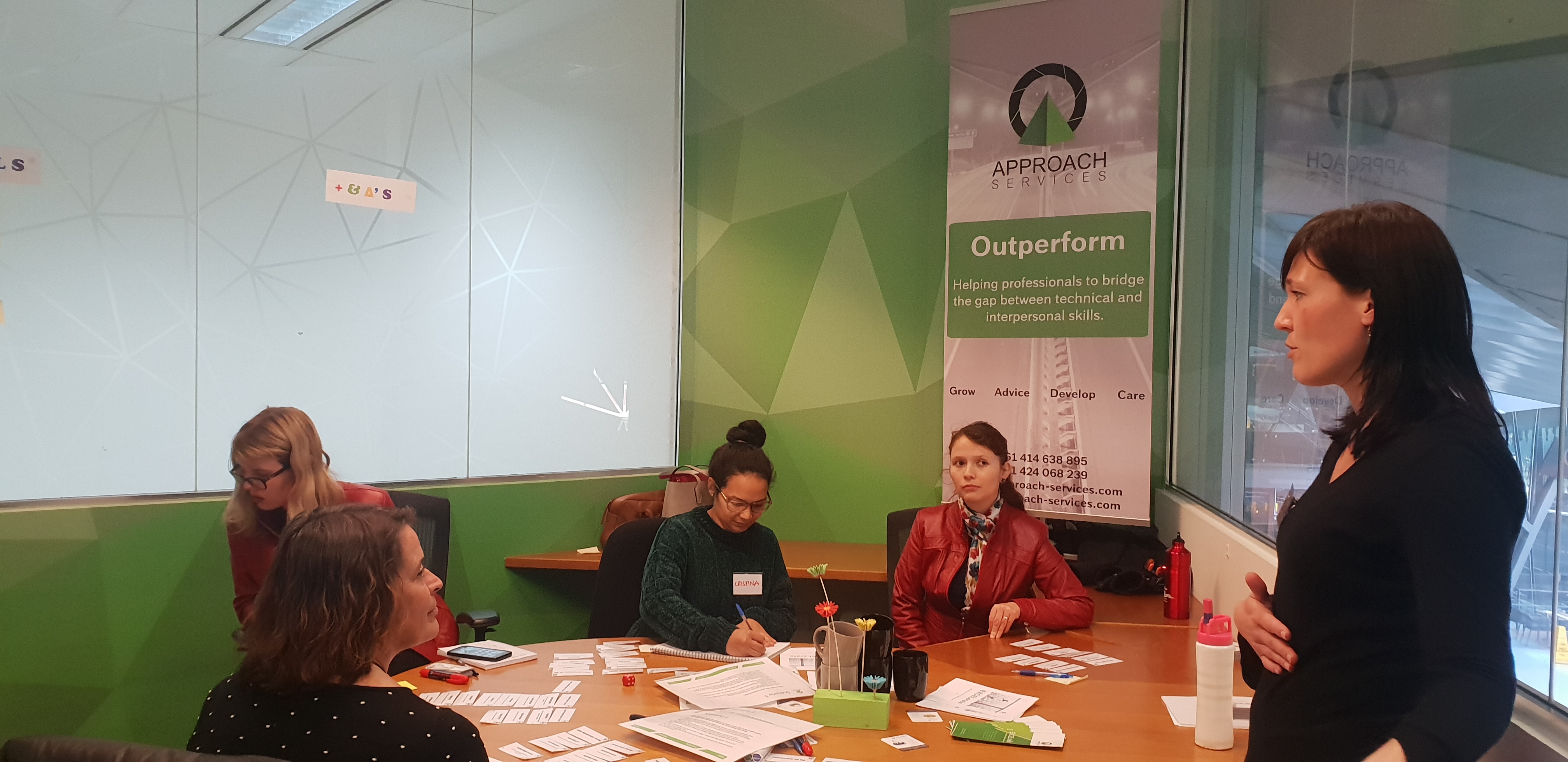All posts by WISE Events Coordinators
EXCELerate: Value-Driven Leadership
In the past days, WISE organised a valuable coaching session conducted by Eva and Sam from Approach Services. Through different activities, we could identify our core values and natural leadership style, and also how they impact the people surrounding us.
The discussion started with the definition of “Leadership”. By rolling dices, the participants gave their opinions and perspectives of effective leaders and leadership. A global conclusion stated that a leader is a person who inspires, guides and provides a clear direction, and inspires other people to follow them. Furthermore, a leader is not limited to a specific space or environment, a leader performs as a role model at any place. A good leader should empower others, be confident, be innovative, always look for a positive outcome, and encourage a team to grow and work at its best.
Identification of our core values was done by selecting the three most significant values that identify our personality, and seven significant values. This exercise was particularly difficult due to the complexity of defining yourself in just three main values.
There are different types of leadership. In this scenario leadership styles were categorised in four groups. The leaders in the red category, which are people who are very competitive, demanding, and determined, and love delegating tasks. Then, the leaders in the blue category, those who are cautious and introverted. They like working with numbers, graphs, but might have issues delegating tasks. The next category is the green leaders, those who are relaxed, patient, protective, and good listeners, but find it very difficult to delegate tasks. Finally, the yellow leaders, those who are very sociable, dynamic, and enthusiastic but get distracted by different tasks at the same time, so they delegate quickly.
We might feel naturally identified in one of the previous leadership categories. However, in response to different situations and scenarios, we can perform and apply completely different leadership styles. This means, leadership is also situational and adaptative and can be learnt or developed in accordance with particular requirements when performing in a team.
Our core values and behaviors intersect to form our leadership shadow. In the case our behavior and decisions are not aligned with our values, we should start working on and sharpening them to avoid sending mixed or contradictory messages to people; this is one of the main reasons why leadership fails.
The best leaders, the value-driven leaders, adapt to situations by expanding their skills and learning from experience during teamwork, diversity of tasks involved and organisational environments. But, to make this effective, leaders must be aware of their own natural or preferred leadership style.


